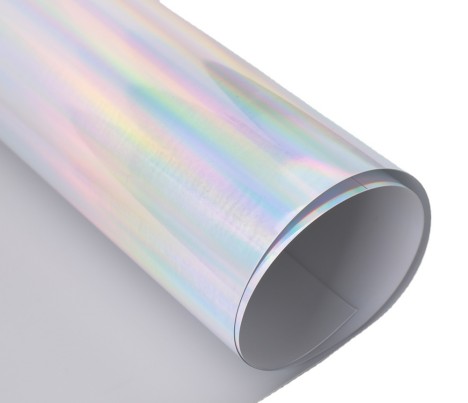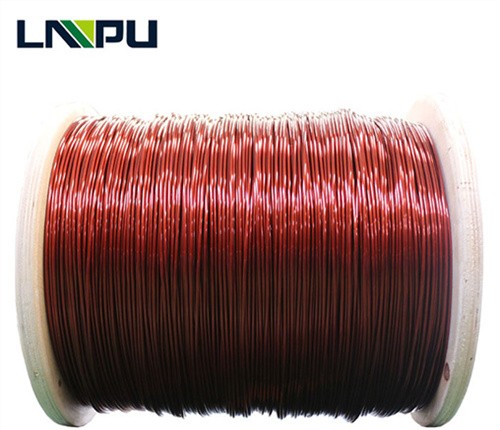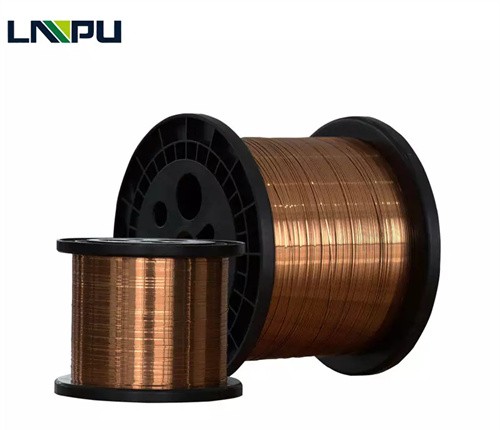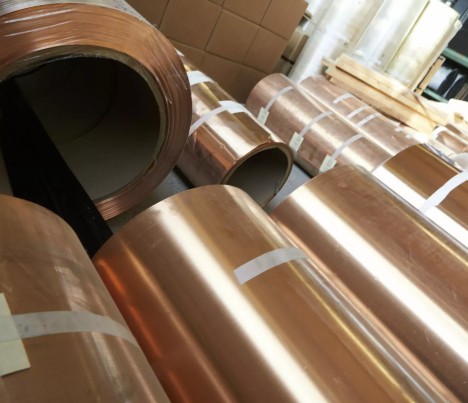Introduction to Thermoplastic Plastic Films
Thermoplastic film is a film made of thermoplastic resin as the base material. Such as polypropylene film, polypropylene film, polyvinyl chloride film, polystyrene film, polycool film, polyamide film, etc.
Its properties and uses vary with varieties. Polyethylene film and polyvinyl chloride film are used in the largest amount, and they are mainly used in packaging and agriculture; polyamide film and polyamide film are mainly used as insulating materials and packaging materials. The production methods are mostly extrusion blow molding and calendering, extrusion stretching and casting. Thermoplastic film can also be used for enameled wire, which has good insulation and heat resistance.

Forming Method
There are many methods for plastic film forming, among which three processes of casting, extrusion and blow molding are more common:
Casting method: A non-stretched, non-oriented flat extrusion film is produced through a melt casting quenching process. The film produced by this process has no obvious orientation structure.
Extrusion method: common one-way stretching and two-way stretching. The basic principle of biaxial stretching: the high polymer raw material is heated and melted through the extruder to extrude into a thick sheet, and then in the appropriate temperature range above the glass transition temperature and below the melting point, it is stretched longitudinally and transversely through the stretching machine. A certain multiple of stretching makes the molecular chains oriented and arranged in an orderly manner on a plane parallel to the film, and then heat-sets in a tensioned state to fix the oriented macromolecular structure, and finally forms a film after cooling and subsequent processing .
Blow molding method: usually manufactured by extrusion blow molding method, the material is plasticized and extruded to form a tube blank, which is then cooled, drawn, and coiled. Blown film is oriented. The blow molding process is simple and is the most commonly used film forming process.

Specific Method for Making Thermoplastic Film
The production of thermoplastic films is achieved by a method for the production of films composed of thermoplastics, in which the thermoplastics are melted and conveyed on an extrusion device and are passed from the extrusion in the form of a planar melt belt Out of the discharge hole of the nozzle, the melt ribbon is placed on a cooling roll and cooled. -Walze), the cooling roll is fixed on the roll holder, characterized in that, the application of such extrusion equipment, wherein in the operating state between the discharge hole of the extrusion nozzle and the surface of the cooling roll changes with time Not greater than +/-50 μm, the film is made of polymethyl methacrylate plastic, impact modified polymethyl methacrylate, polycarbonate plastic, styrene acrylonitrile plastic, glycol modified polyethylene terephthalate Ethylene glycol formate plastics, polyolefin plastics, cyclic olefin copolymers, polyphenylene sulfide plastics, polyphenylsulfone plastics, acrylonitrile-butadiene-styrene copolymer plastics or mixtures of the various thermoplastics mentioned production.
According to the method it is possible to obtain a thermoplastic film having a thickness of 10 to 150 μm and an in-plane birefringence and a vertical birefringence of up to 0.0004, said in-plane-birefringence Resulting in an optical path difference of up to 15 nm in normal transmission, characterized in that the film does not deflect a beam of normal incidence in a circular area with a diameter of 12 cm by more than 0.8 arc minutes in any area of the surface and The film has a thickness tolerance of no more than +/- 1% on a circular face with a diameter of 12 cm.

Materials Used for Thermoplastic Films
When applied to enameled wire, high-temperature thermoplastics are all plastics that are suitable for thermoplastic processing and have a durable service temperature higher than 150 ° C, except for the fluoropolymer group that can be thermoplastically processed. Plastics belonging to the group of high-temperature thermoplastics such as polyethersulfone (PES), polyphenylsulfone (PPSU), polyetherimide (PEI), syndiotactic polystyrene (s-PS), polyphenylene sulfide Ether (PPS), polyaryletherketone (PAEK), polyetheretherketone (PEEK), thermoplastic polyimide (t-PI), liquid crystal polymer (LCP) and some special polyarylates (PAR) and partially aromatic polyamide (PPA).

